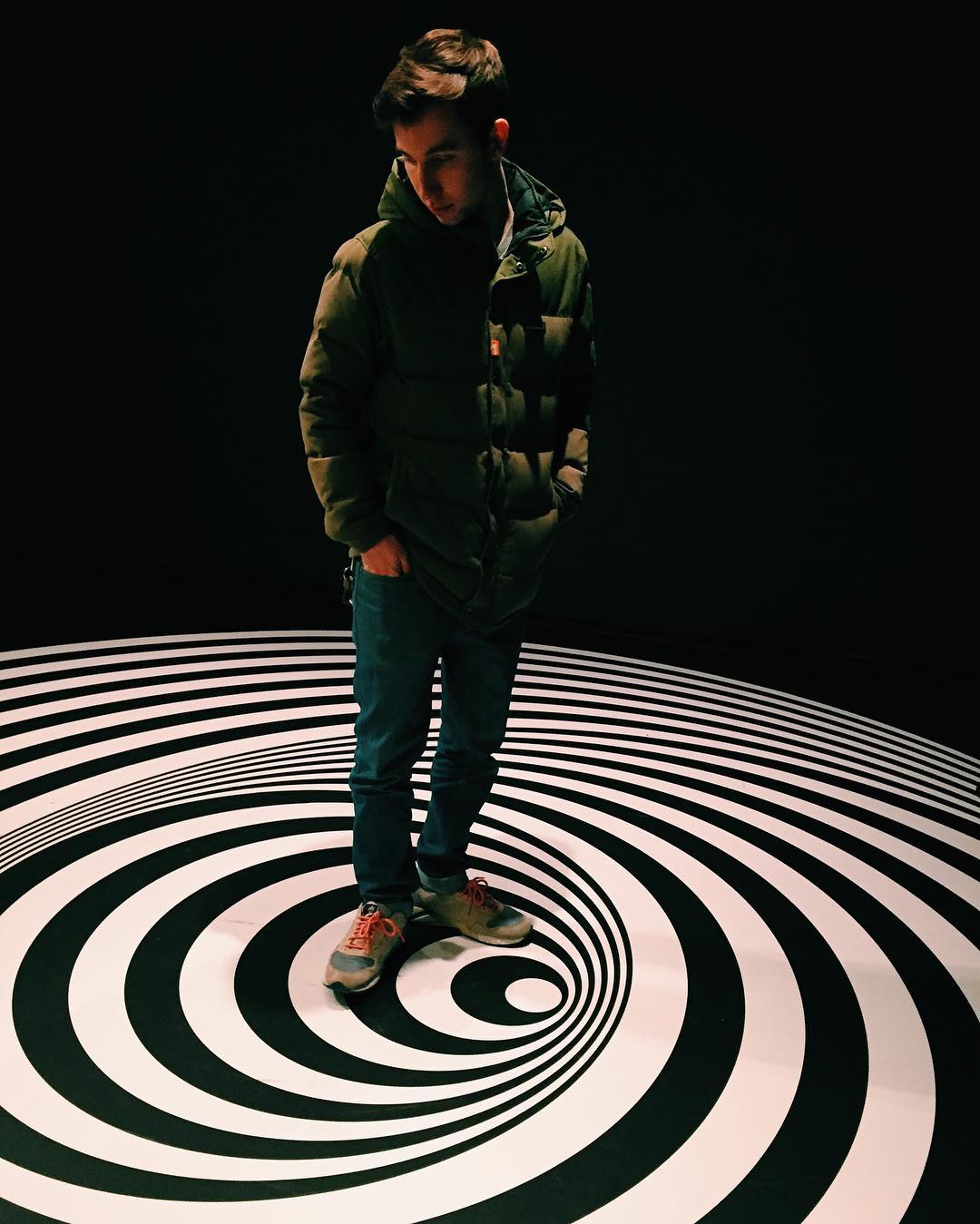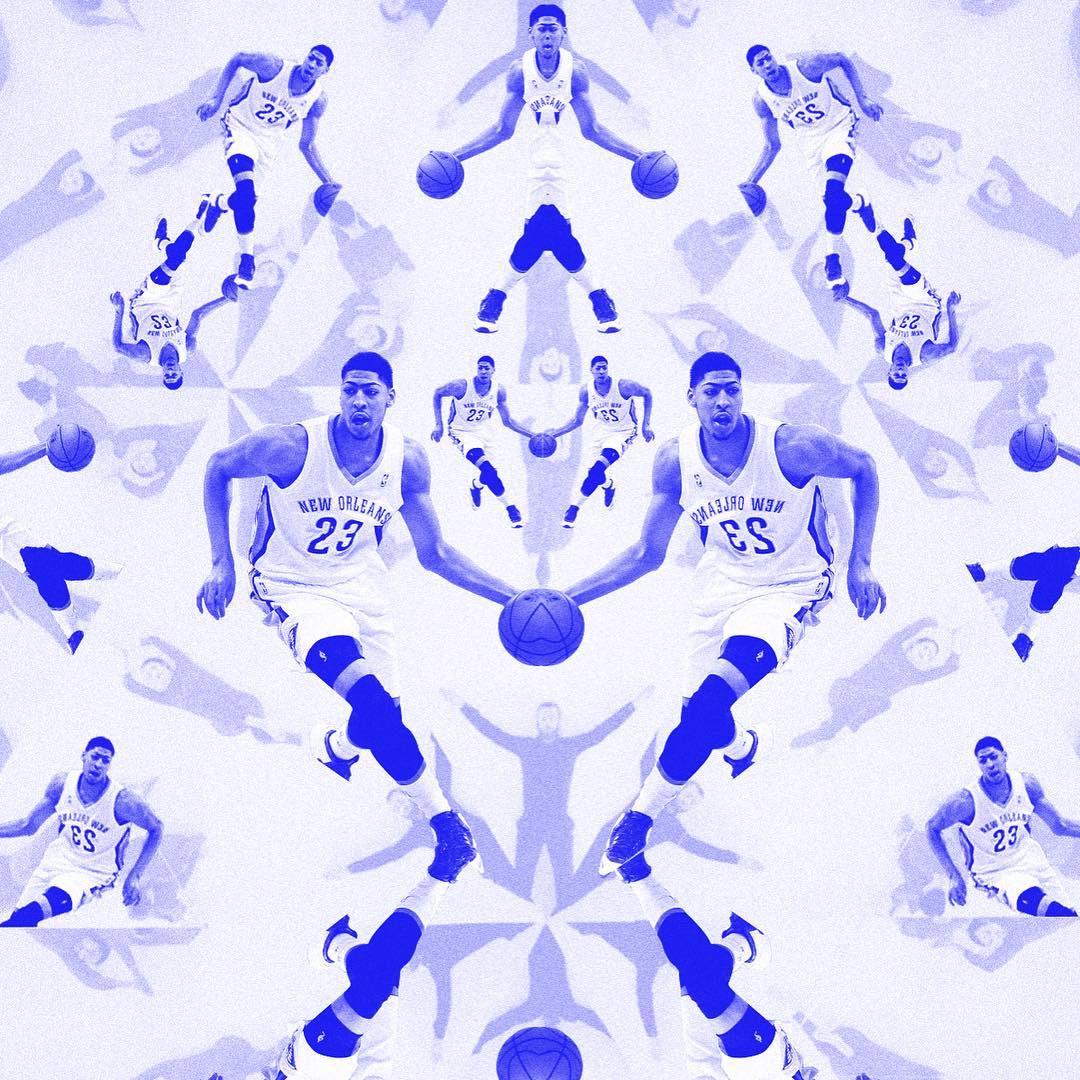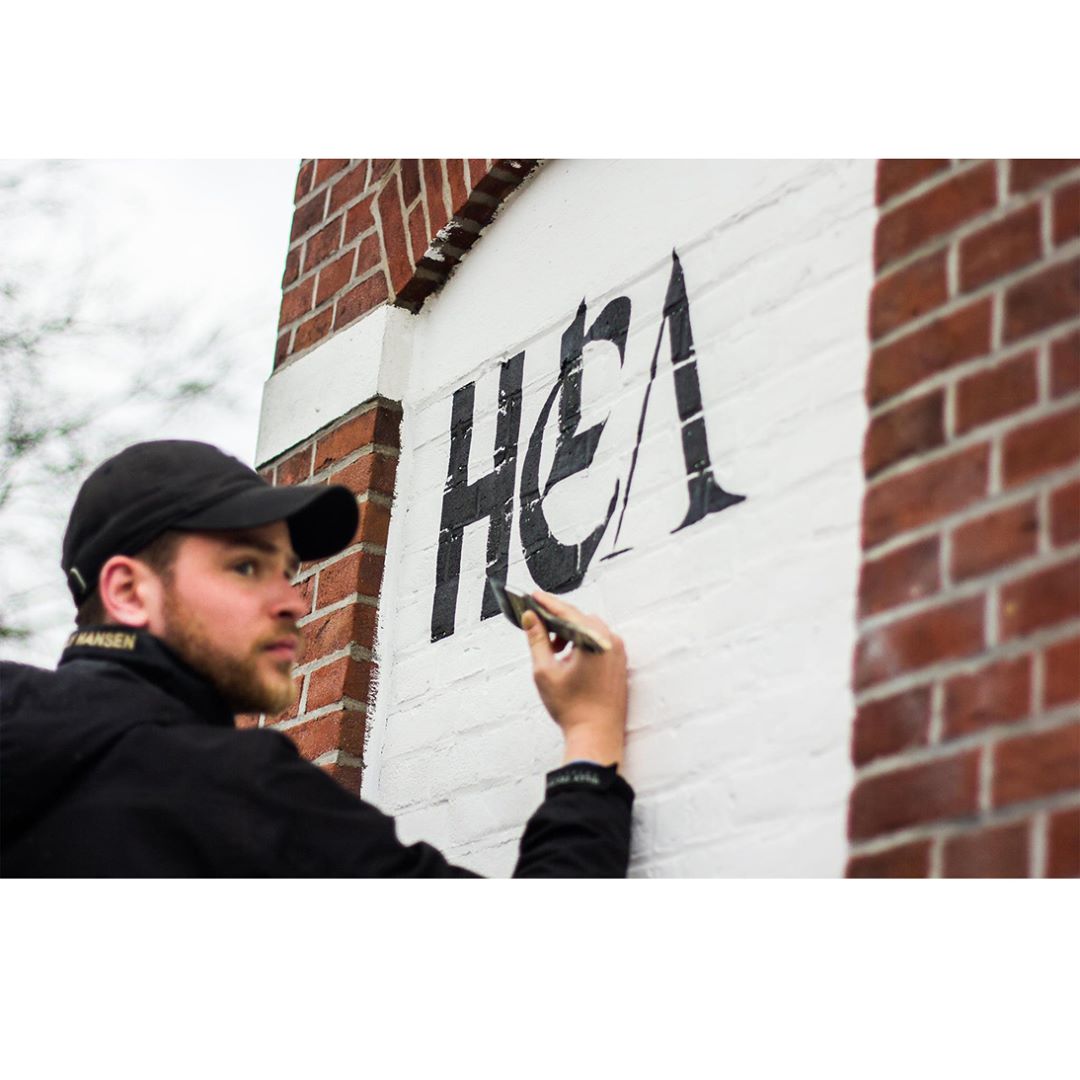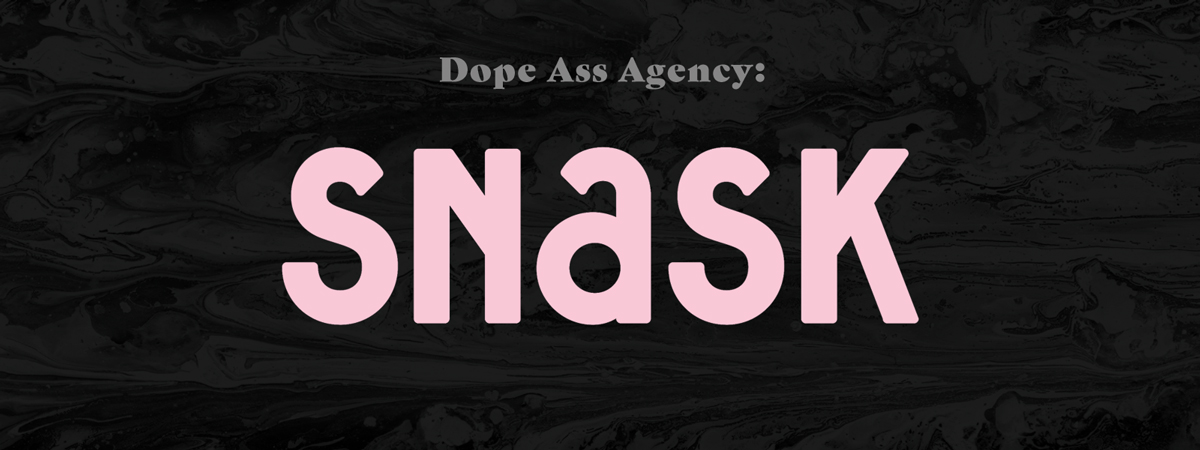Most designers (hopefully) are familiar with the brilliant work of Erik Spiekermann, the mind behind MetaDesign and FontShop. Over his incredible career he has been responsible for some of the most comprehensive corporate design systems in Germany (including work for Audi, Volkswagen and Heidelberg Printing) and was among the first to see brand identity as more than just a mark.
I learned that a brand isn’t a logo. There has to be implementation. You can design anything, but if the rubber doesn’t hit the road, you’ll be remembered as a great strategist but the client won’t call you again. You have to have a strategy, and you also have to be able to visualize it – one doesn’t go without the other. So I wasn’t a graphic designer anymore. I was a corporate designer, which is quite different.
This article is a short response to an amazing interview I read with Spiekermann at 99U.
Image Credit: 99U
While his work speaks for itself, the words that Erik actually speaks are on another level of enlightened. It may be his years in the game, or general European wisdom, but pretty much everything he says should be soaked up and locked into every designers brain-vault.
Below are some of my favorite nuggets that I think are worth checking out.
On mothers and feedback:
We talk in pixels but still my concern is always: What does it look like when it arrives in people’s hands? What does it look like in my mother’s hands? Everybody’s mother is the average consumer. My mother is dead, but she always gave me my best feedback. Mothers are good because they kind of know us personally, but they don’t professionally. So they are well-meaning observers. And because they’re our mothers, we listen to them.
Image Credit: fontfont.com
On inspiration:
But more than envy, there’s appreciation. All these people have attitude. And I like people with attitude – that is probably the common denominator here.
On aging:
Well, I’m 70, which is fucking old. The advantage of being older is that you have no fear. You go into a new project and think, Look, I’ve done something like this before. I’ve cracked this one. We redesigned the visual identity for the Berlin Transport Authority after the Berlin Wall came down – chaos. We redesigned the Düsseldorf airport signage within four weeks after a fire. Every time you get a project, you think, “My god, how do I start?” The start is the most important part, and that’s where confidence comes in. When you’re older you have the confidence.
On the possibility of retirement:
Of course not. I need to live to be a hundred years old to do half of my plans. Some of them go 50 years back. Like I want do a monograph on Louis Oppenheim, a German type designer, obviously Jewish, who died in ’35, luckily, before the Nazis could get to him. I’ve always liked his work. He’s up there with the greats and nobody knows it.
Image Credit: freundevonfreunden.com















































